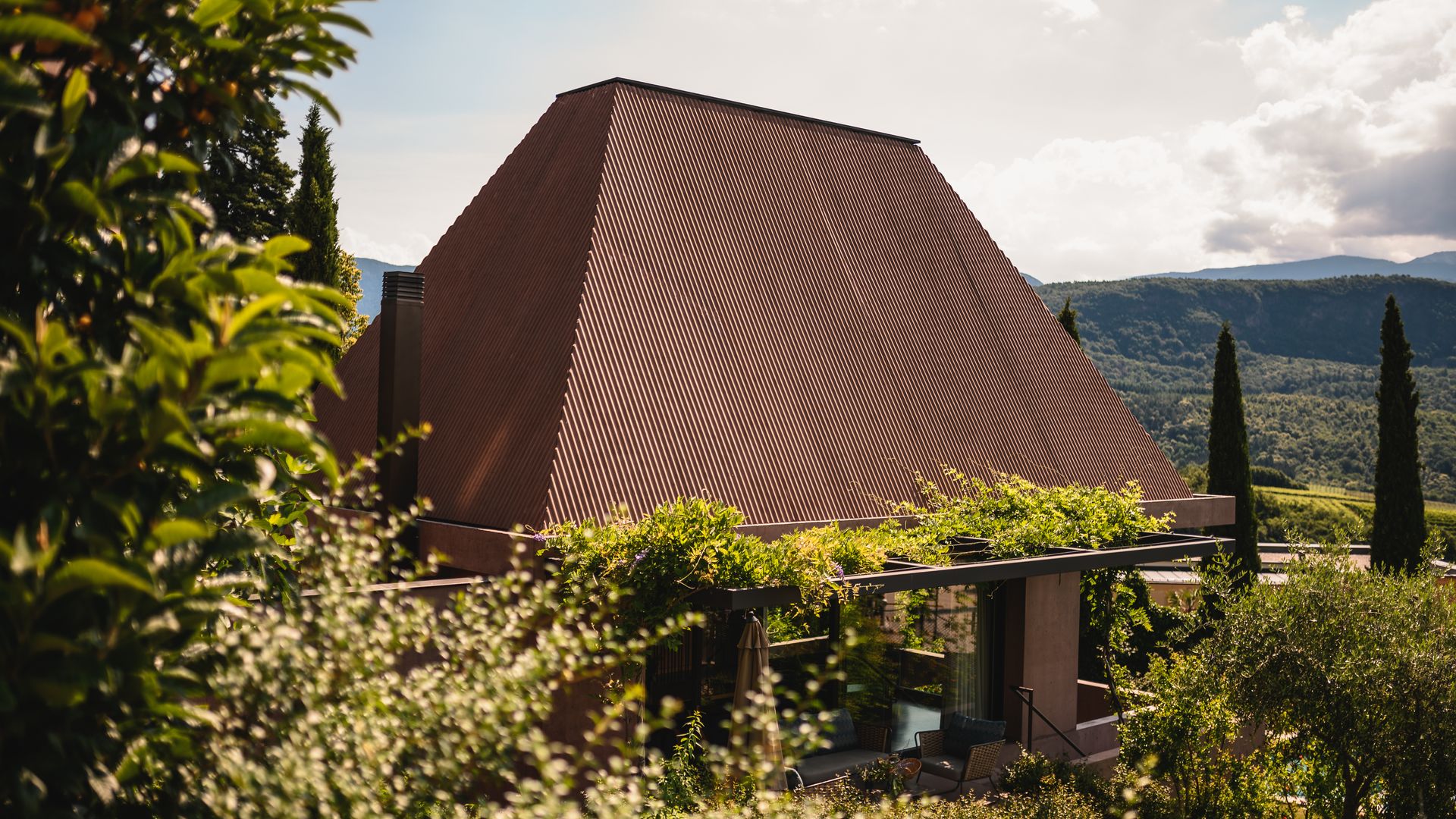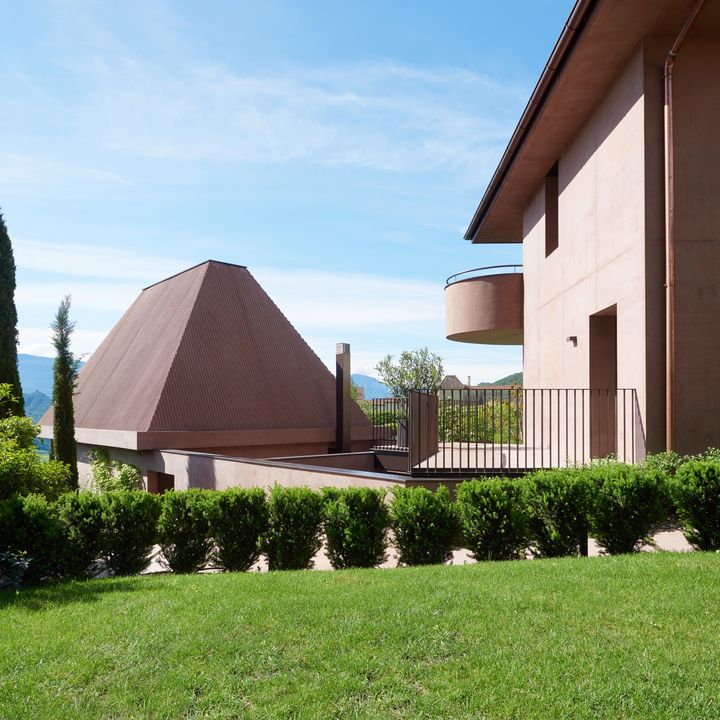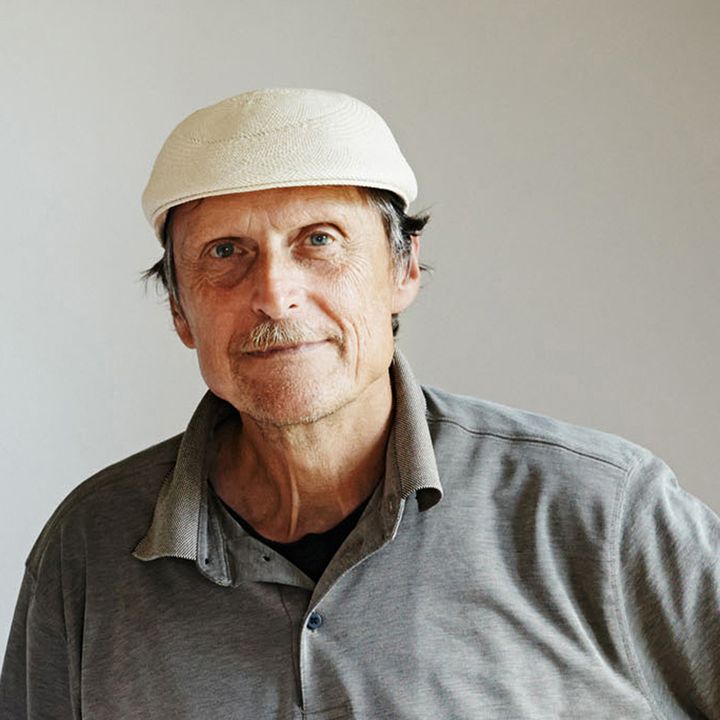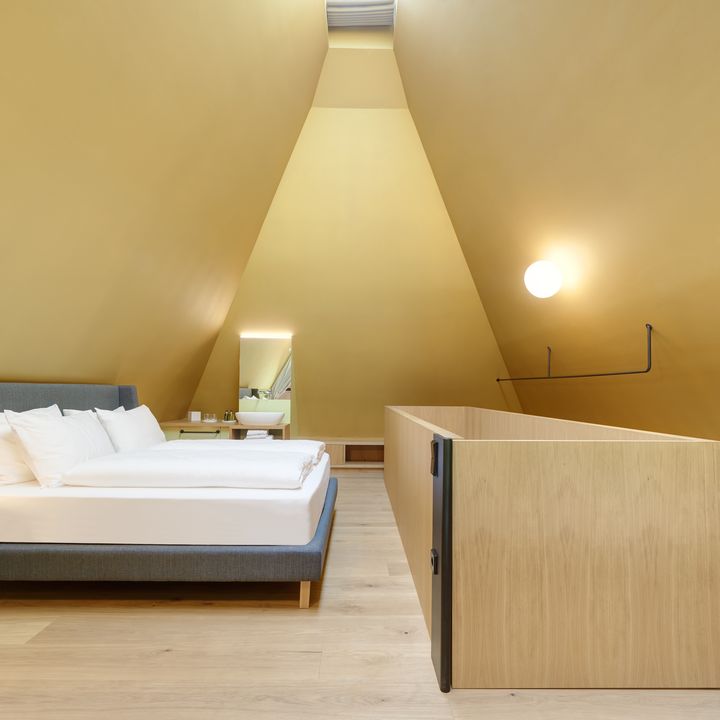Architect Angonese knew how to play with the elements of tradition and reinterpret local shapes, colors and materials. His particular focus was on preserving the privacy of the two independent villas with their pools and at the same time communicating harmoniously with the wonderful landscape that surrounds them.
Through the arrangement of windows and openings, Angonese has created perspectives that are tantamount to an artistic intervention.
His congenial partner in this interplay of color and form was the artist Manfred Alois Mayr, who designed a unique color concept for the two villas that gives Villa Baronessa its unmistakable character.
The oxide red of the steep rock faces of the Mendel Mountains gives the plasterwork a hint of Andalusian sunshine, lime white, sulphur yellow and vine black are reminiscent of the local viticulture and the noble ultramarine blue and gold bear witness to the aristocratic ancestry and extravagant past of the ensemble.
The result of their interplay, embedded in a lovely landscape and surrounded by magnificent residences, vineyards and sacred buildings, is a small Garden of Eden that makes you say: " Here I want to be, here I want to stay."




